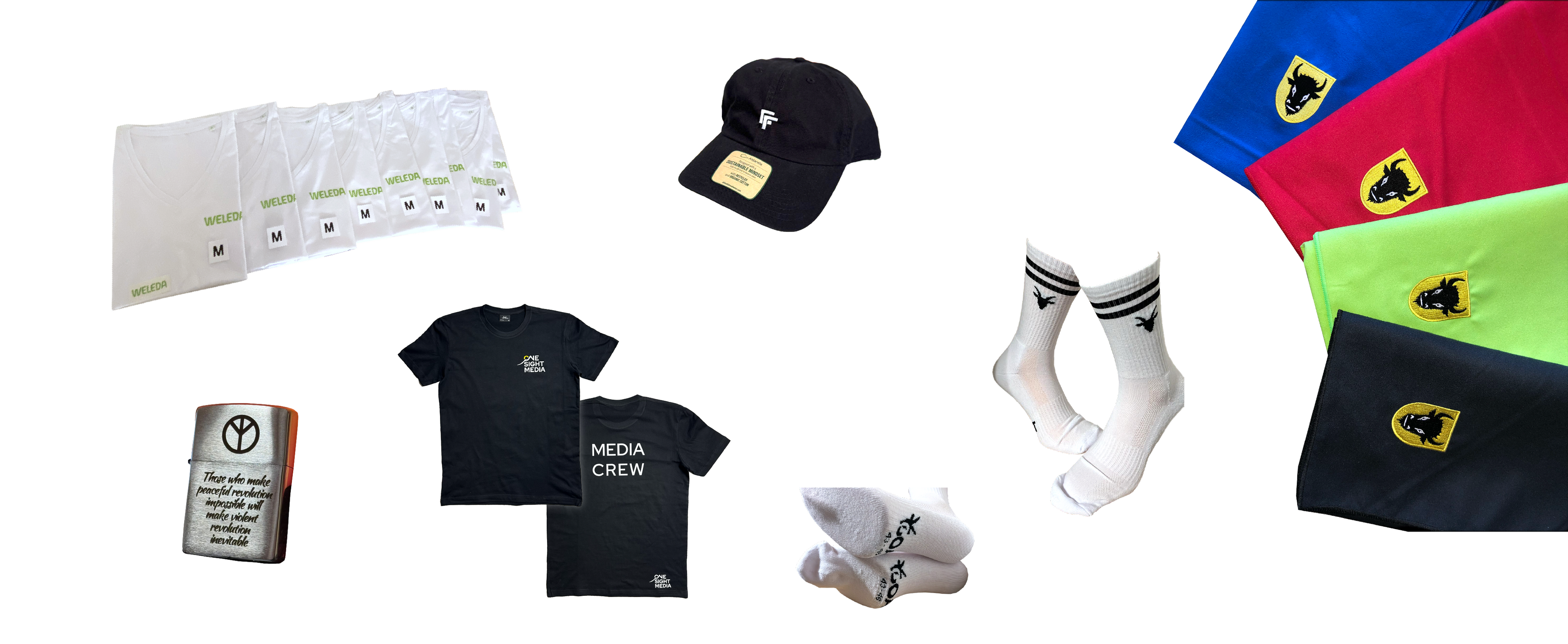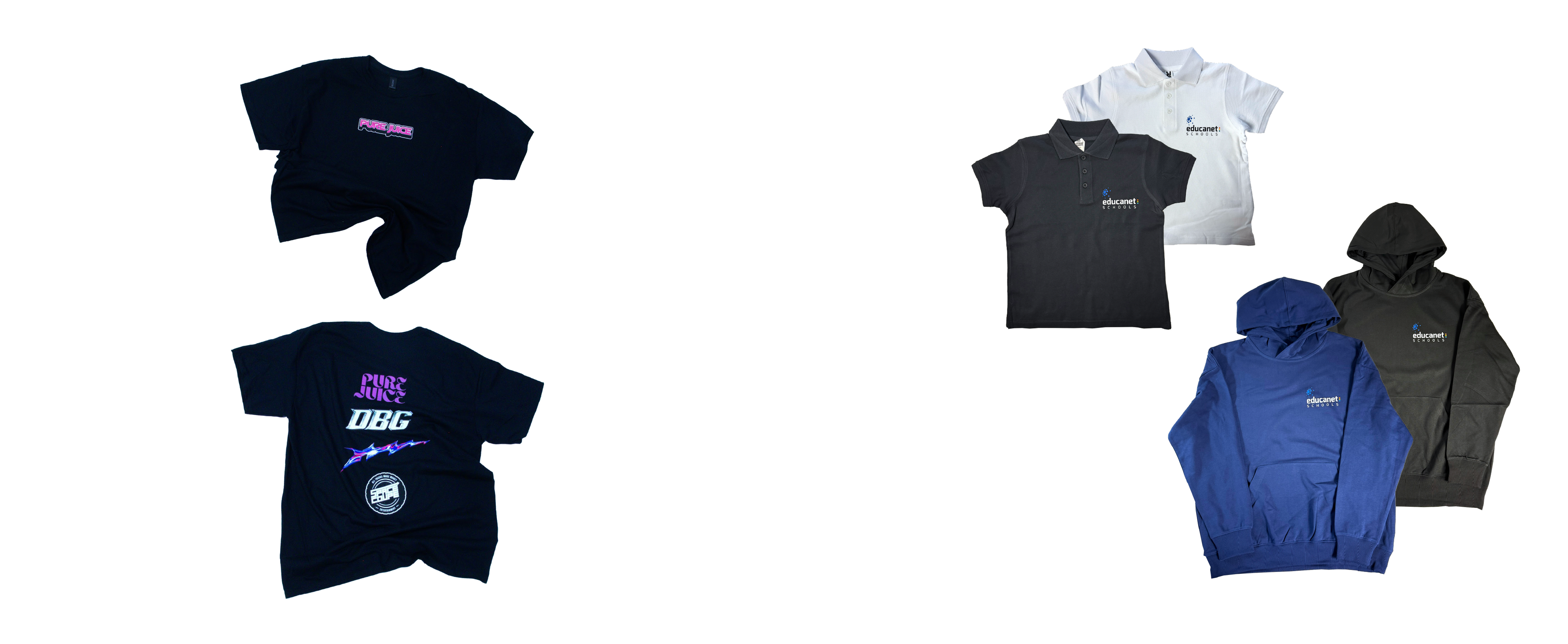Secrets to Automating Client Gift Tracking for Stress-Free Audits
Managing client gifts can boost relationships but create accounting headaches if not handled properly.
According to Deloitte, improper documentation of business gifts is a common cause of compliance issues and audit flags for EU companies.
This article breaks down the essentials of recording client gifts in your accounting software, so you stay compliant and audit-ready.
Frequently Asked Questions
What account should I use for client gifts?
Use a designated “Business Gifts” or “Promotional Expenses” account for accurate tracking and compliance.
Can I attach receipts and documents in my accounting software?
Yes, most platforms allow digital attachments to each transaction, which is recommended for audit readiness.
Is it possible to automate client gift tracking?
Many solutions offer automation features, such as rule-based expense categorization and integration with receipt management tools.
How do I prepare for a tax audit regarding client gifts?
Keep thorough digital records, reconcile regularly, and ensure all receipts and supporting documents are attached to each entry.
Are there accounting solutions tailored for the EU market?
Yes, options like Xero, QuickBooks and regional providers offer EU-specific compliance tools.
What documentation is required for tax purposes?
Receipts, proof of delivery and correspondence that supports the business purpose of the gift.
Can I deduct all client gift expenses?
Deductibility depends on local tax laws; consult your accountant regarding thresholds and limits.
How often should I review my client gift expenses?
Monthly reviews ensure ongoing compliance and help catch errors early.
Why Accurate Recording of Client Gifts Matters
Client gifts are a powerful tool for building loyalty and brand recognition, but they are subject to strict tax and compliance rules in the EU.
Inaccurate tracking can result in lost deductions, penalties or failed audits. According to PwC, clear documentation and proper categorization are key factors in passing tax inspections.
Choosing the Right Accounts for Client Gifts
To ensure compliance, record client gifts under specific expense accounts - typically “Business Gifts” or “Promotional Expenses.”
Avoid lumping these costs with general marketing or office expenses. Most accounting software allows you to customize or create these accounts for better tracking and reporting.
Attaching Receipts and Supporting Documents
Always attach digital copies of receipts and any relevant correspondence (emails, delivery notes) to each transaction entry.
Modern accounting platforms like Xero and QuickBooks offer built-in tools for uploading and linking documents, ensuring you have a complete audit trail.
According to the European Commission, digital documentation is increasingly accepted for tax purposes.
Automating Client Gift Tracking
Automation minimizes manual errors and saves time. Leading software solutions let you set up rules that flag or categorize client gift expenses automatically.
For example, you can integrate your expense management tool with your accounting platform to auto-assign receipts and categorize spend, streamlining compliance and reporting.
Preparing for a Tax Audit: Best Practices
Maintain clear, organized records with supporting documents attached to each transaction. Reconcile your “Business Gifts” account monthly and review for policy or threshold breaches.
Many EU-focused accounting systems offer audit preparation checklists and region-specific compliance features to make this process easier.
What Now?
Ready to simplify your client gift tracking?
Explore fast, reliable custom merchandise production and seamless accounting integration solutions designed for EU businesses.
👉 Book your FREE consultation today or:

ADAM WROBEL (OWNER)
AHEAD PROD.
+420 727 944 046
info@aheadprod.com
LET'S MAKE YOUR BRAND VISIBLE!


